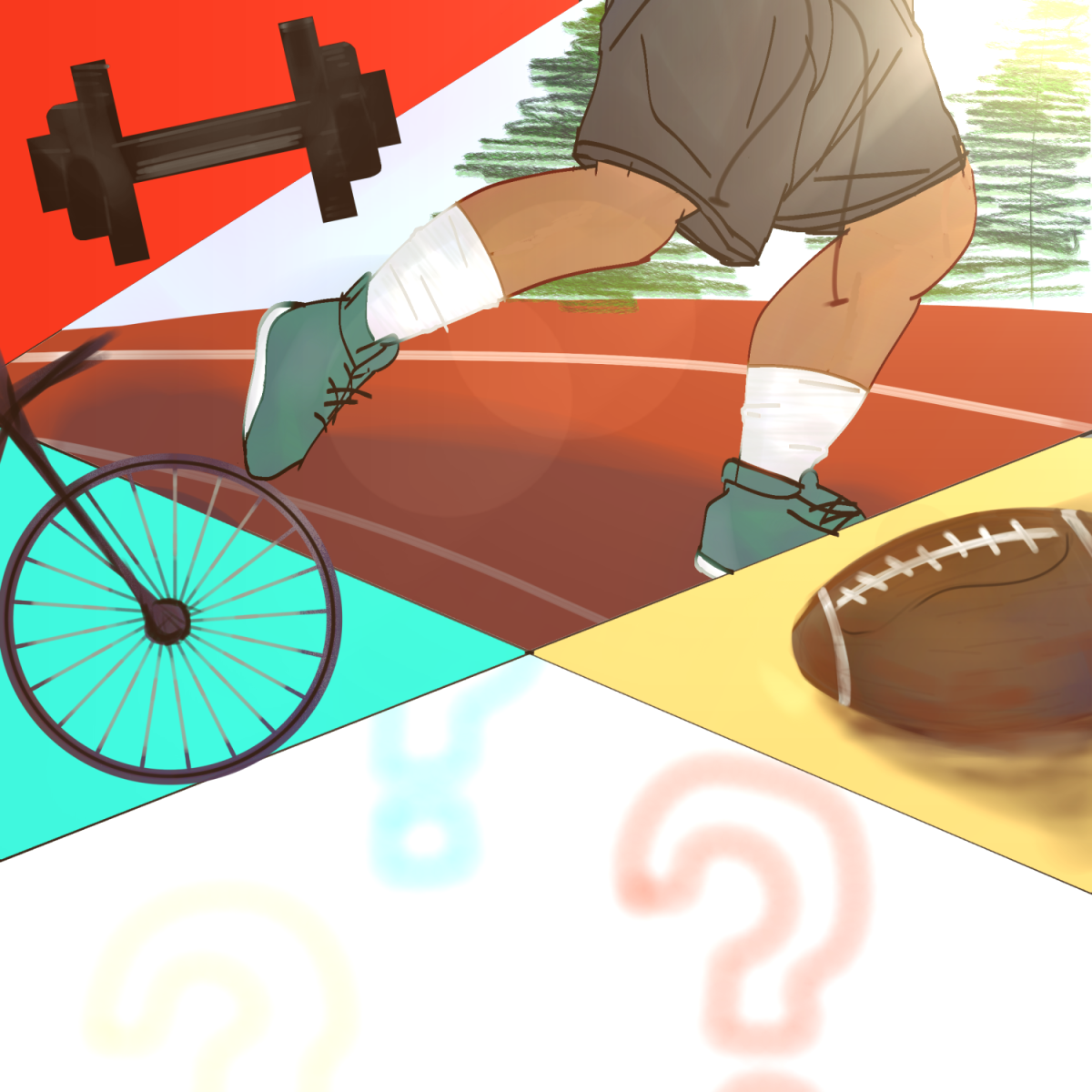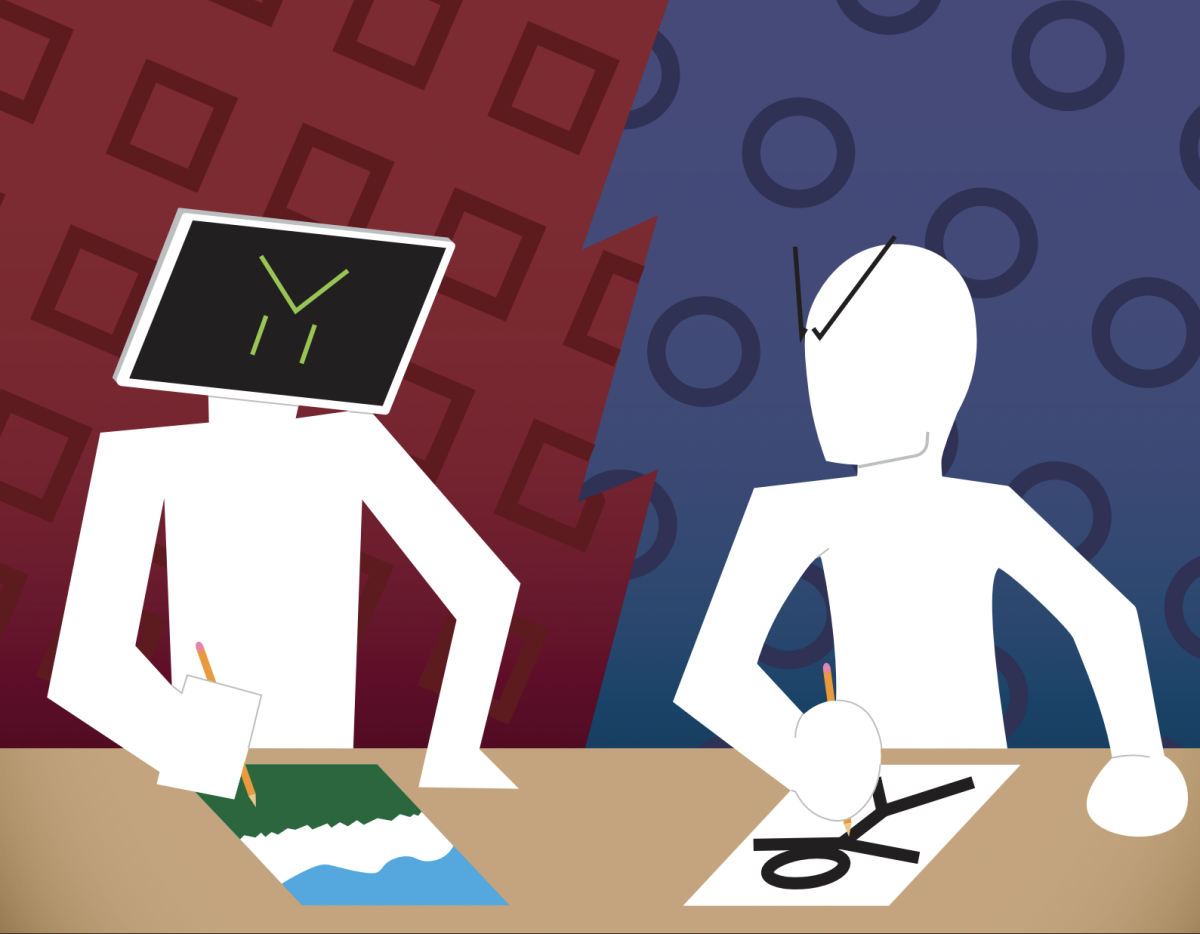High school sports are designed to be a fun, exciting way to get students involved in their school’s programs, while playing sports they grew up loving. Beyond the exciting nature, they are also highly competitive, performance-based environments. This culture and atmosphere create fulfilling prospects and can be the gateway to receiving athletic offers and scholarships, life-changing opportunities, and lifelong dreams for student athletes. However, these rewards are not easy to achieve, and the workload they require is not easy to maintain. Success in sports involves competing against teammates for limited playing time and college recognition. The pressure to stand out amongst peers can feel nearly impossible at times. Eventually, it becomes easy for teens to grow overwhelmed when battling expectations placed by themselves, peers, parents, and coaches. Instead of seeking help from loved ones, some look to the tempting promises of Performance-Enhancing Drugs (PEDs).
There are many different types of PEDs, such as Anabolic-androgenic steroids, diuretics, and beta-blockers. The two most used types among high school students are Anabolic Steroids and the Human Growth Hormone (hGH). Anabolic Steroids typically work similarly to testosterone–building muscle, strength, and lowering recovery time. Human Growth Hormones are naturally made in the pituitary gland and stimulate growth; however, to dope, many athletes inject extra hGH to artificially enhance this growth
The International Athletics Federation banned doping in 1928, and anti-doping tests were established 32 years later. Drugs in sports are not a new phenomenon and were even used in ancient times. The Greeks did not discourage it, and those who were handing it out were seen as sports medical experts – a somewhat drastic difference compared to our modern standards.
Although the positive effects of PEDs can seem rather enticing, the short and long-term effects are incredibly detrimental to an athlete’s health and bodily function. According to The National Federation of High School Associations and The Mayo Clinic, negative short-term effects include high blood pressure, acne, insomnia, fatigue, and hormonal imbalance. Long-term effects include delusions, paranoia, heart attacks, liver tumors, and rapid mood swings. The risks of PEDs are also dependent on the type of drug. Anabolic Steroids cause liver damage and cardiovascular disease, while hGH encourages insulin resistance, causing joint pain and certain types of cancers.
Wrestling, football, and weightlifting are the three sports recorded with the highest amounts of PED usage. This presents the difficult question: what characteristics of these sports foster a culture that draws people to performance-enhancing drugs? Firstly, teens are fighting for limited opportunities with tremendous external pressure. Senior varsity football player Angelo Masciocchi believes sports that provide “a lot of clout and glory [where] you’re willing to do anything to get praise from others” create a high PED culture. An intense motivation and desire to succeed is not inherently bad, but when intense expectations catch up to student athletes, they can easily result in devastating physical and emotional consequences.
Comparison is a major motivator of the usage of performance-enhancing drugs. Rohan Jonnala, a sophomore varsity football player at Issaquah High School, explains how athletes often possess an intense desire to be the best, at whatever cost. “Unless you are number one in the country, there is always going to be someone better than you… And it’s pressure to be better than they are, even if [that’s] not possible.” This insecurity only grows throughout one’s high school athletic career, and it can build to such an extent that a shortcut can feel like an athlete’s only choice.
As previously mentioned, the effects of PEDs on an athlete are numerous and come with irreversible consequences. In high school, players can lose playing privileges for a season. They can even be kicked off the team and lose athletic scholarships. In professional sports, depending on the substance and number of transgressions, players lose medals and titles, face financial punishment, suspension, or permanent ban. Yet, even with all of the possible devastating drawbacks from PEDs, some athletes still decide to go down this treacherous path. For the first offense of doping, detection of banned substances receives a two to four year ban. Interfering with doping control and rejecting testing both receive four-year bans. The continuation of these violations results in lifetime bans from playing the sport.
On top of the external pressures student-athletes face, the use of performance-enhancing drugs in professional sports can influence the younger generation to do the same. According to The Recovery Village, a drug and alcohol rehabilitation center, “For burgeoning high school athletes, these pros are their role models, their heroes, and their idols. If the people they’re looking up to are using performance-enhancing drugs to get ahead, why shouldn’t it start in high school? It’s a classic case of ‘monkey see, monkey do.’” As a teenager, when you see someone possessing everything you desire: wealth, athletic success, and fame, it is natural to want to copy their actions, even though it may go against your moral beliefs. Although the public’s reaction to PEDs is often negative, discovering a worshiped athlete uses these types of drugs may be the thing an impressionable teenage mind needs to validate their own use of the drug.
So, what can be changed about sports culture to reduce athletes’ feeling the need to destroy themselves for short-term physical gain? To begin, it is important to foster a safe, nurturing environment as a coach and mentor. It is increasingly common for coaches to demonstrate a transactional relationship with their players, but, at the end of the day, students crave a person they can rely on unconditionally. Many student-athletes note that having a confidential outlet would increase their ability to admit problems and ask for help. Head Football Coach Joshua Brookshire states, “because when people make mistakes, our culture is one where you get shamed for mistakes, and they feel terminal, especially to young people. It’s important to demonstrate that it’s okay to make mistakes and that you can recover. It’s okay to demonstrate that you care about the person, not just the performance.” By making coach-student relationships more common, it will no longer be taboo to talk about the emotions dealt with in sports. Ultimately, normalizing fostering a safe space for teens will resolve the root cause of the majority of PEDs usage, and as comfort increases, kids are more likely to turn to their support system for help before they turn to other outlets.









